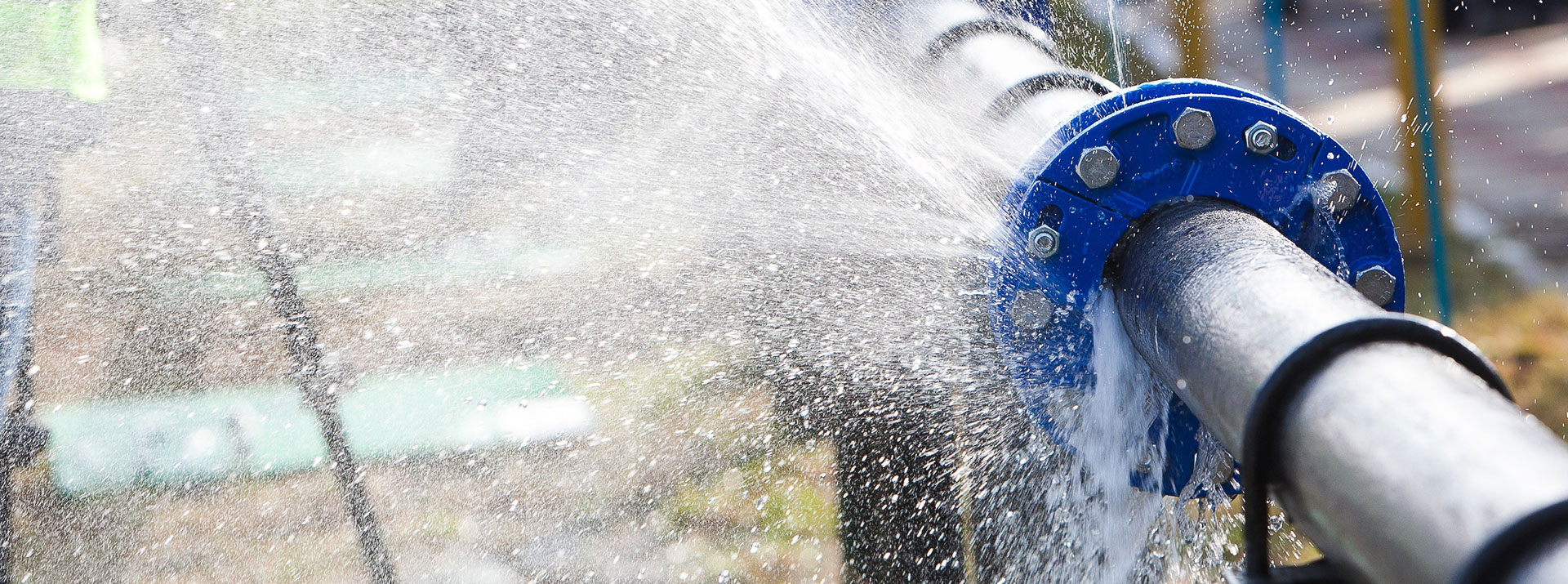




Businesses must improve the safety, reliability and operability of their workplace against leakage hazards, depending on their type of activity, and provide mechanical and control improvements to them.

For example, during operation of a water-cooled ore smelting furnace, the required pipes must be continuously operated in and around the furnace walls. Even a small leak in these pipes moistens the kiln bricks and can cause permanent damage. In addition, an overheated furnace is at risk of explosion as there will not be sufficient cooling.
It is clear that such damages will significantly affect operating activities. As in this example, the necessary legal regulations have been enacted in terms of the safety of working environments and the protection of employees against health risks.
In another aspect, the subject of the leakage may also be in any electrical installation. When there is a leakage current, it flows through the protective earth conductor. Leaks in electrical current are called leakage current. The leakage current is mostly passed through the insulators surrounding the conductor. Considering the high resistance of the insulation, there should be no leakage at all. However, if the insulation is damaged or old, the resistance drops and a significant amount of current may leak.
In the meantime, electrical or electronic devices have filters designed to protect against voltage fluctuations and other disturbances. Malfunctions in these filters can also cause leakage currents. Therefore, whatever the source, leakage currents pose a risk to the safety of the working environment.
In general, leakage tests are tests that are performed to detect manufacturing and operating defects that support verification of the integrity of products and enhance consumer safety. As such, it is understood, for example, in the automotive industry that leakage tests are performed to ensure that assembly is properly completed and that the lower parts are sealed. Many leak testing procedures have been defined by domestic and foreign standard bodies.
The application is received, the contract and then the product, vehicle and vehicles for which, what kind of service is determined exactly.
The necessary laboratory environment is prepared and the products, tools and instruments requested by the organization are tested by experts with the reference of the existing standards and measurements are made.
The data obtained as a result of meticulously completed tests, measurements and analyzes are evaluated and accredited approved reports are submitted by expert engineers.
To get an appointment, to get more detailed information or to request an evaluation, you can ask us to fill in our form and reach you.